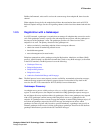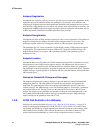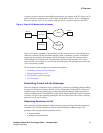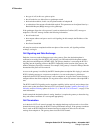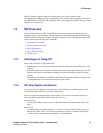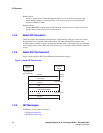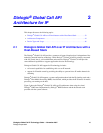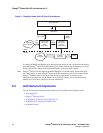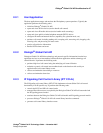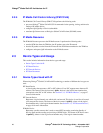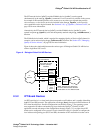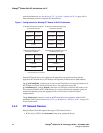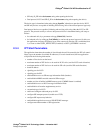
Dialogic
®
Global Call IP Technology Guide — November 2007 43
Dialogic Corporation
2
2.Dialogic
®
Global Call API
Architecture for IP
This chapter discusses the following topics:
• Dialogic
®
Global Call API over IP Architecture with a Host-Based Stack . . . . . . . . . 43
• Architecture Components . . . . . . . . . . . . . . . . . . . . . . . . . . . . . . . . . . . . . . . . . . . . . . . 44
• Device Types and Usage . . . . . . . . . . . . . . . . . . . . . . . . . . . . . . . . . . . . . . . . . . . . . . . . 46
2.1 Dialogic
®
Global Call API over IP Architecture with a
Host-Based Stack
The Dialogic
®
Global Call API provides a common call control interface that is independent of the
underlying network interface technology. While Dialogic
®
Global Call API is primarily concerned
with call control, that is, call establishment and teardown, Dialogic
®
Global Call API provides
some additional capabilities to support applications that use IP technology.
Dialogic
®
Global Call API support for IP technology includes:
• call control capabilities for establishing calls over an IP network
• support for IP media control by providing the ability to open and close IP media channels for
streaming
Dialogic
®
Global Call API supports a system configuration where both the IP signaling stack and a
Dialogic
®
Host Media Processing (HMP) virtual board, which provides the IP resources for media
processing, are running on the host.
Figure 5 shows the Dialogic
®
Global Call API over IP architecture when using the virtual
Dialogic
®
DM3 board implemented by Dialogic
®
HMP Software and the host-based stack
provided with the system software.



